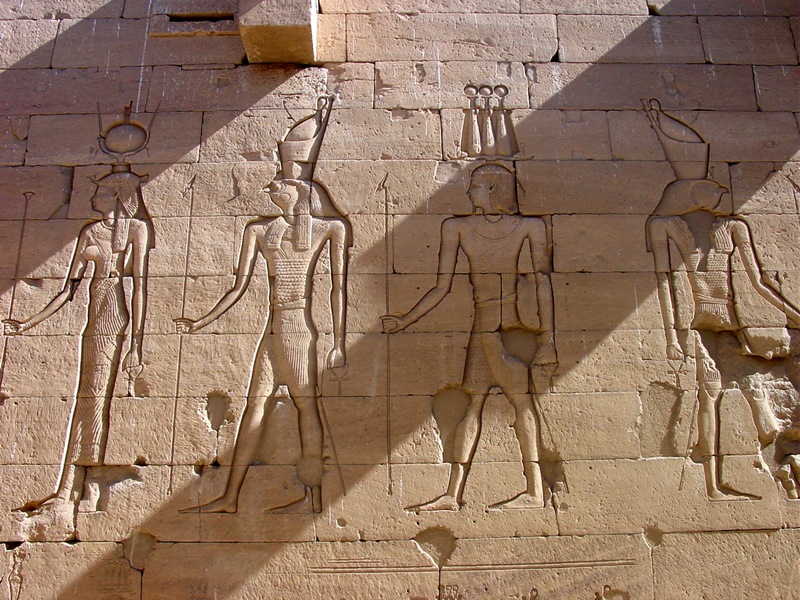The Kalabsha Temple, also known as the Temple of Mandulis, is an ancient Egyptian temple located near Aswan, in southern Egypt. The temple was originally built by the Roman Emperor Augustus around 30 BC and is considered one of the largest free-standing temples of Nubia. It was dedicated to the Nubian sun god, Mandulis, and is a remarkable example of the architecture and art of the Roman period in Egypt. The temple was relocated to its current location on the shores of Lake Nasser after the construction of the Aswan High Dam to prevent it from being submerged.
Religious Structures
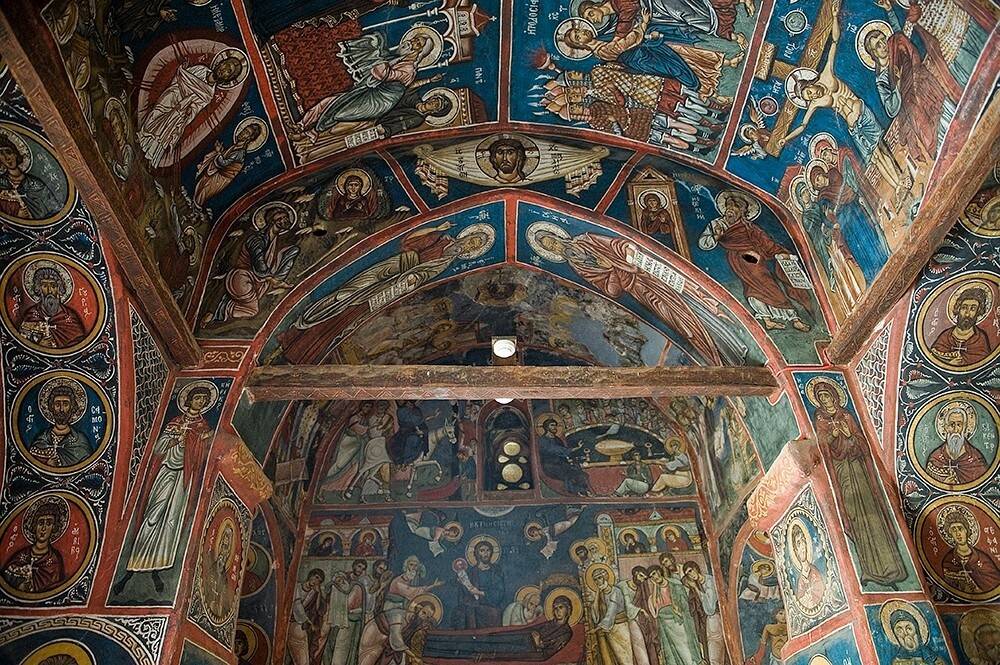
Painted Churches in the Troodos Region
The Painted Churches in the Troodos Region are a collection of ten Byzantine and post-Byzantine churches nestled in the scenic mountains of Cyprus. Recognized as a UNESCO World Heritage Site, these churches are renowned for their intricate frescoes and paintings that provide a vivid glimpse into the religious and cultural life of the island during the Byzantine and post-Byzantine periods. Each church is a treasure trove of historical and artistic significance, showcasing unique architectural styles and ornate decorations that reflect the rich cultural heritage of Cyprus.
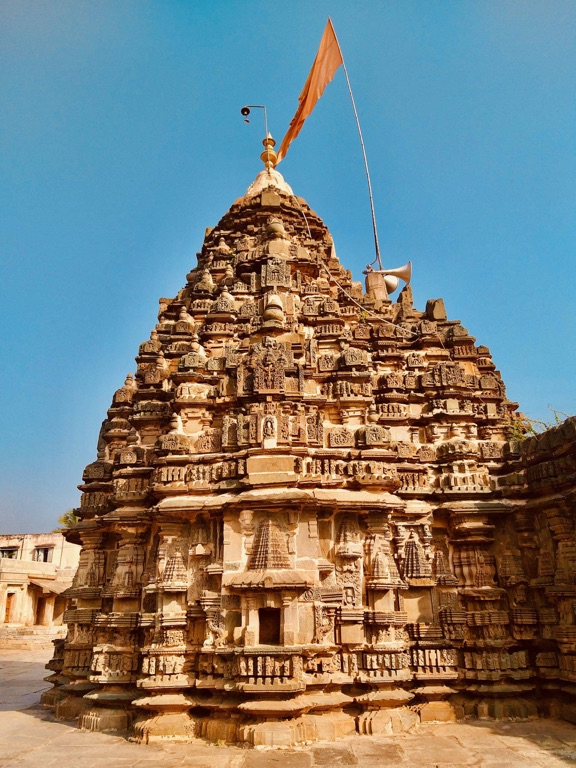
Someshwara Temple
The Someshwara Temple, nestled in the heart of Kolar, Karnataka, India, is a magnificent testament to the Chola dynasty’s architectural prowess. Dedicated to Lord Shiva, this ancient temple is steeped in rich history and cultural significance. It is adorned with intricate carvings and designs that captivate visitors, making it a popular destination for history buffs and devotees alike.
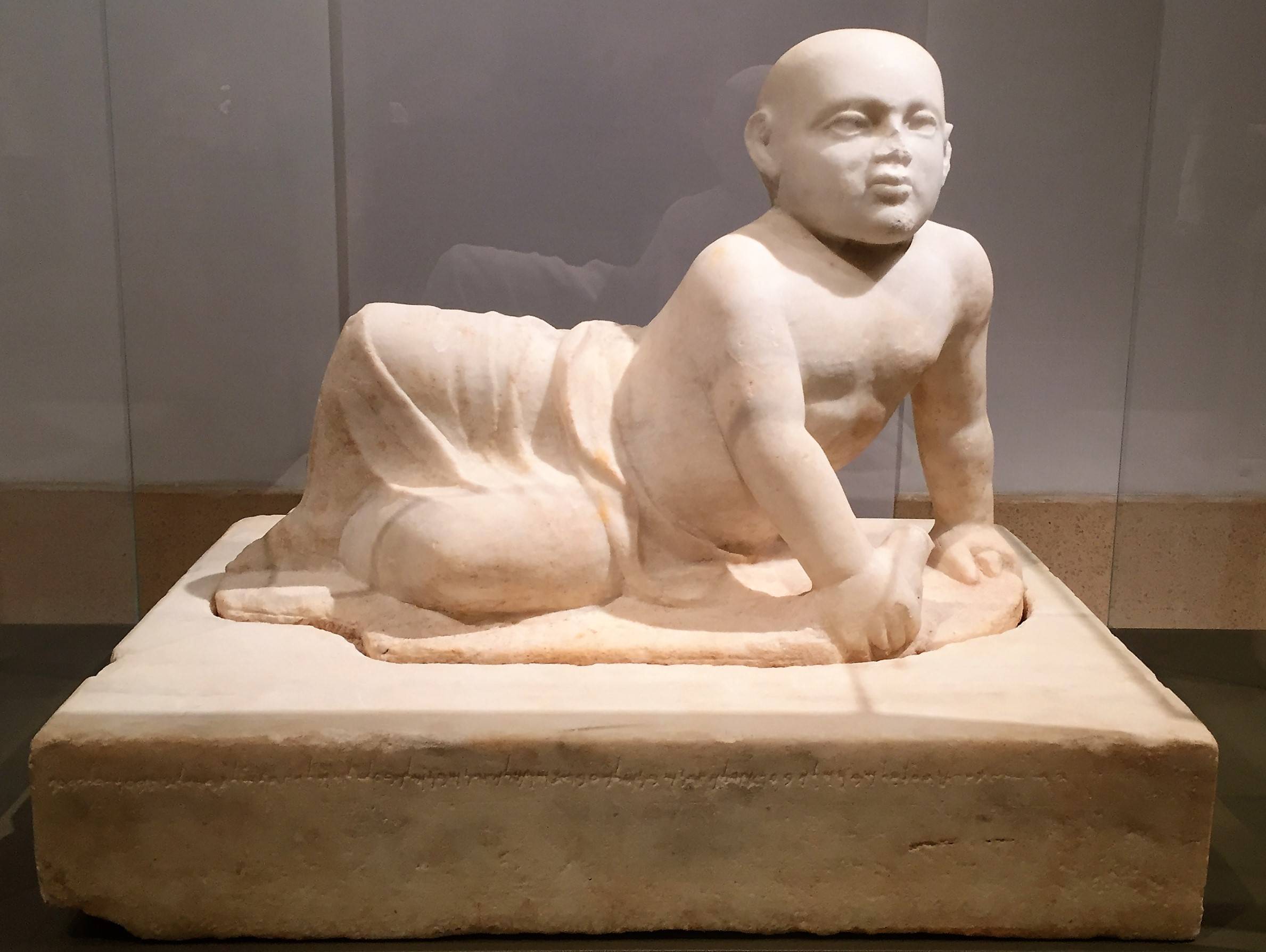
The Temple of Eshmun
The Temple of Eshmun, an ancient place of worship dedicated to the Phoenician god of healing, stands as a testament to the rich history of Sidon, Lebanon.
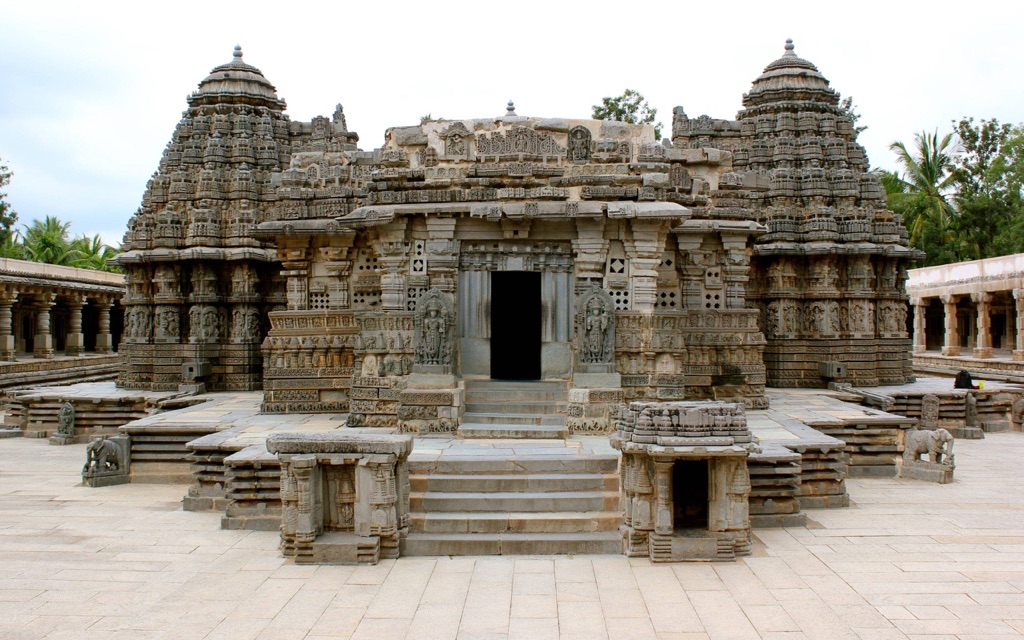
Chennakesava Temple – Somanathapura
The Chennakesava Temple, a magnificent example of Hoysala architecture, is located in Somanathapura, India. Constructed in the 13th century, this temple is dedicated to Lord Vishnu, also known as Chennakesava. It’s famed for its intricate carvings and sculptures depicting scenes from Hindu mythology. The temple is a testament to the craftsmanship of the Hoysala era, making it a significant historical and cultural landmark. It was built during the reign of the Hoysala king Narasimha III in 1258 AD.

The Gaurishvara Temple
The Gaurishvara Temple, a beacon of Dravidian architecture, is nestled in the heart of Yelandur, Karnataka, India. Dedicated to Lord Shiva, this historical marvel was built by a chieftain under the Vijayanagara Empire in the 16th century. Its distinctive features include intricately carved reliefs, a towering entrance, and a uniquely designed sanctum. The temple, a testament to the rich cultural heritage of the region, continues to draw history enthusiasts and spiritual seekers alike.

